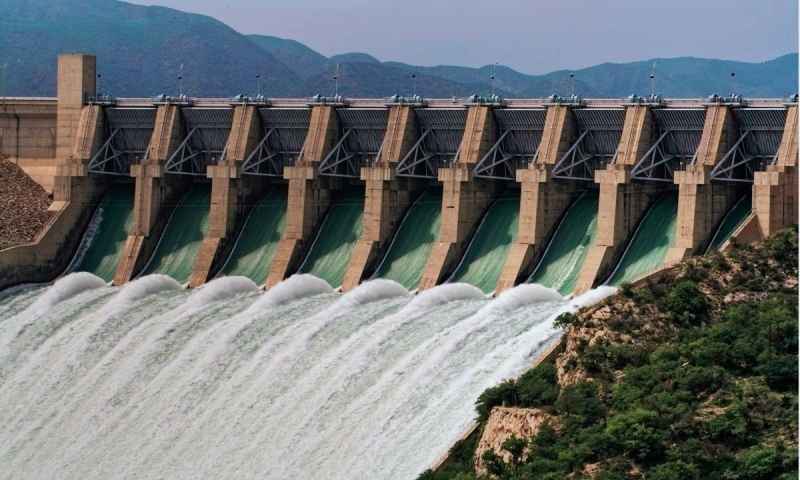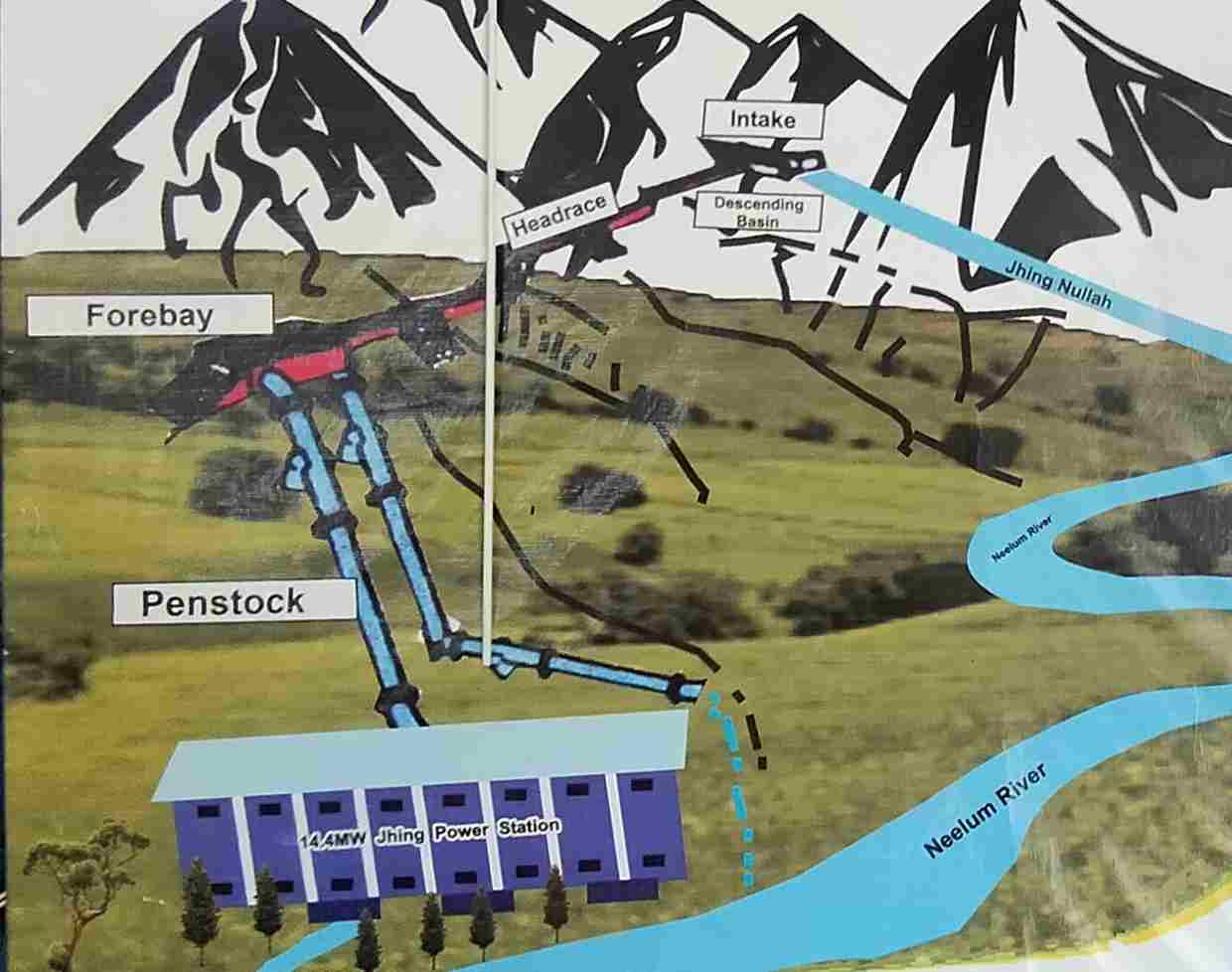
When we consider the complexity of renewable energy projects, hydropower is the most complicated among others, especially we construct it on a river that cross the national borders. Now we look at major controversies in hydropower project in past few years, and what lessons we have to learn for future development.
Hydropower Plants are a good way to meet the world's growing demand for clean and green energy. These plants use natural features of the land and provide power closer to where it's needed, unlike other sources like far-off wind farms or solar panels in deserts.
Because of these advantages, hydropower has become an important source for the world's energy supply. A report in 2019 showed that hydropower produces more energy than any other renewable source (solar, wind, atomic), with contribution of 10,455TWh, behind only coal, oil, natural gas, and biomass.
However, these projects also have challenges. They need higher capital investment to build and can damage the environment by changing the natural flow of rivers. One unique issue with hydropower dams is that rivers often cross national borders, so decisions to build dams involve more than just local energy policies—they also depend on politics and national interests.
The history of hydropower shows how these dams can affect multiple countries, such as in northeast Africa, where the impacts on rivers are a big issue, or in Europe, where building dams has harmed local wildlife. Hydropower is at the crossroads of political decisions and environmental goals, so solving these problems requires careful and complicated solutions.
North-eastern Africa
In northeastern Africa, there is tension between Ethiopia and Sudan over the Grand Ethiopian Renaissance Dam (GERD) being built by Ethiopia on the Nile River. The dam is a huge project costing $4.7 billion, and it could produce 6,000MW of power for Ethiopia while giving it more control over its water resources. Sudan has strongly opposed the dam, fearing it will cause harm downstream. The issue goes back to a long history of disagreements.
In 2010, after 10 years of talks, several countries, including Ethiopia, signed the Entebbe Agreement, which set limits on how much water each country can claim from the Nile. But Sudan and Egypt have not accepted this agreement, which has caused a rift between them and Ethiopia. Ethiopia has continued building the dam, even filling it with 13 billion cubic meters of water in July, hoping to start producing power by 2022. This move angered its neighbors, with Egypt opposing it completely and Sudan questioning how much water Ethiopia is reserving. This dispute has expanded beyond just Ethiopia, Sudan, and Egypt, with other African countries trying to mediate.
The Democratic Republic of the Congo, which heads the African Union, has failed to bring the countries back to talks. Egypt has even threatened military action if Ethiopia continues with the dam, possibly feeling more confident after receiving support from the United States for Egypt's water security at a summit in November. This conflict highlights the complex issues of building dams on rivers that cross multiple countries, and the potential for political and military tensions to rise as a result.

Indian Subcontinent
In the Indian Subcontinent, the challenges with dam construction are not linked to a single project, but to India’s broader interest in hydropower. In 2019, the Indian government gave hydropower projects the same legal protections as other renewable energy projects. This decision aims to encourage the building of more dams, as India faces a huge demand for energy. Since 1990, India’s electricity consumption has grown by an impressive 459% and neighboring Pakistan demand increased up to 430% .The plan seems to be to use hydropower to replace some of the energy lost from reducing the use of coal, which India agreed to do at the COP26 summit, despite facing strong opposition. This approach makes sense, given the success India’s hydropower sector has already had. From 2008 to 2018, the amount of energy produced by hydropower in the country grew by over 2,000 kilotons of oil equivalent.
The growth of hydropower in India has raised concerns for its neighboring country, Pakistan. One example is the Pakul Dul hydropower project, which is located on rivers that flow into Pakistan. The project, costing $1.18 billion, is expected to be finished in 2023, and India increased its spending on the dam by 61.25% in February of this year. This move has caused worries in Pakistan that India is using its financial power to stop Pakistan from building similar energy projects. Some believe India’s actions are not just about securing its own energy needs, but also about showing Pakistan that India has control over the rivers and waterways that flow between the two countries. In the end, economic strength and political power play a major role in decisions about these international projects.
South America
The Itaipú Dam, located on the Paraná River between Brazil and Paraguay, is one of the largest and most powerful dams in the world. Since it was built in 1984, it has produced 2.6 billion MWh of electricity. It now provides 90% of Paraguay’s electricity and 16% of Brazil’s. Over the last 40 years, it has generated an estimated $45 billion in value. However, a project this big also has major environmental impacts. To make up for the deforestation caused by the dam’s construction, the operators have planted over 44 million trees. The dam itself is also believed to have created about 11 million tonnes of carbon dioxide, which harms the environment. In addition to these environmental issues, there are political problems. Brazil and Argentina have been discussing releasing water from the dam to help raise the water levels of the Paraná River, a plan they have agreed on before. However, Paraguay, which would be most affected by this decision, has not been included in these talks, even though emptying the dam could hurt its electricity production.
Europe
In Europe, balancing renewable energy production and protecting the environment is a common challenge for hydropower projects, and one of the clearest examples is the Vogelgrün dam, located between the French towns of Vogelgrün and Strasbourg, near the German border. Built in 1959, the dam had a capacity to generate 140.4MW of electricity, but was demolished in recent years due to pressure from environmental groups. They argued that the dam was blocking the migratory paths of local salmon.Data from the Salmon Comeback organization supports this claim, showing a decrease in the number of salmon in the Rhine River, from about 75 in 2000 to just over 20 in 2013. This drop was most noticeable near the Iffezheim dam, where the number of salmon fell from 75 to just two. This highlights the significant impact the dams were having on salmon populations in the area.The removal of the Vogelgrün dam shows that protecting local wildlife can be prioritized over short-term energy production. In the future, this could set a precedent where more voices and opinions are considered before building similar projects. Hydropower dams typically affect more people and ecosystems than other renewable energy sources, especially when they cross borders. The rise and fall of the Vogelgrün dam may show that such complex issues can be handled in a thoughtful and balanced way.